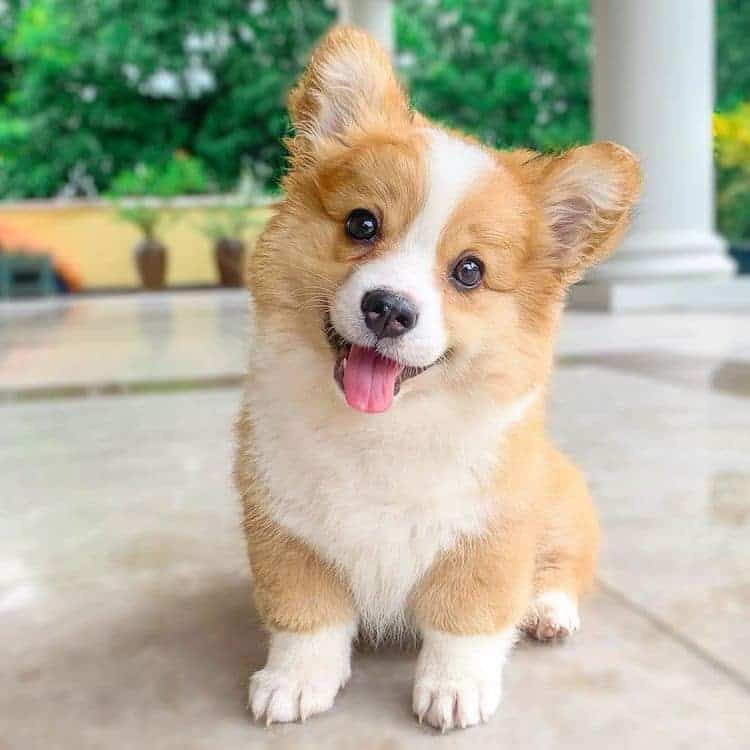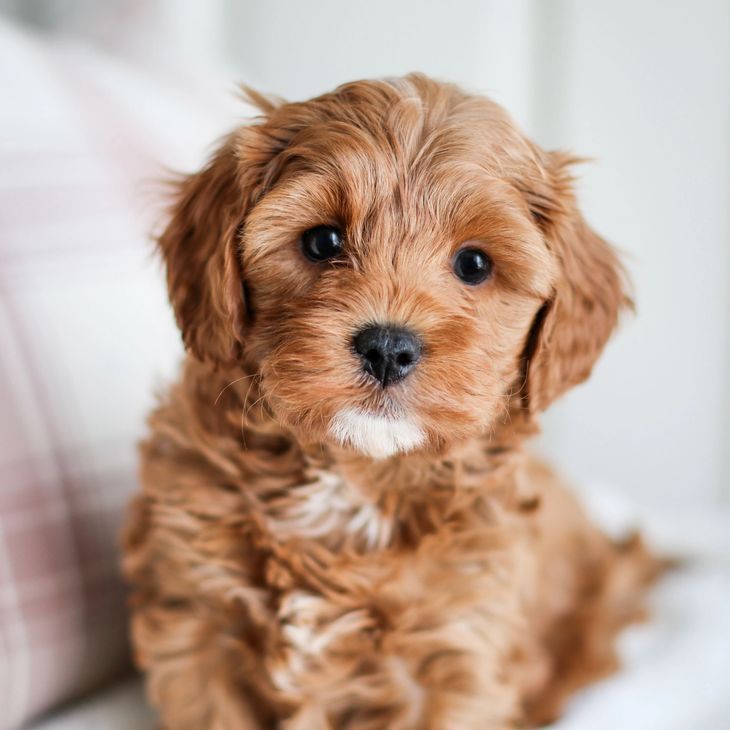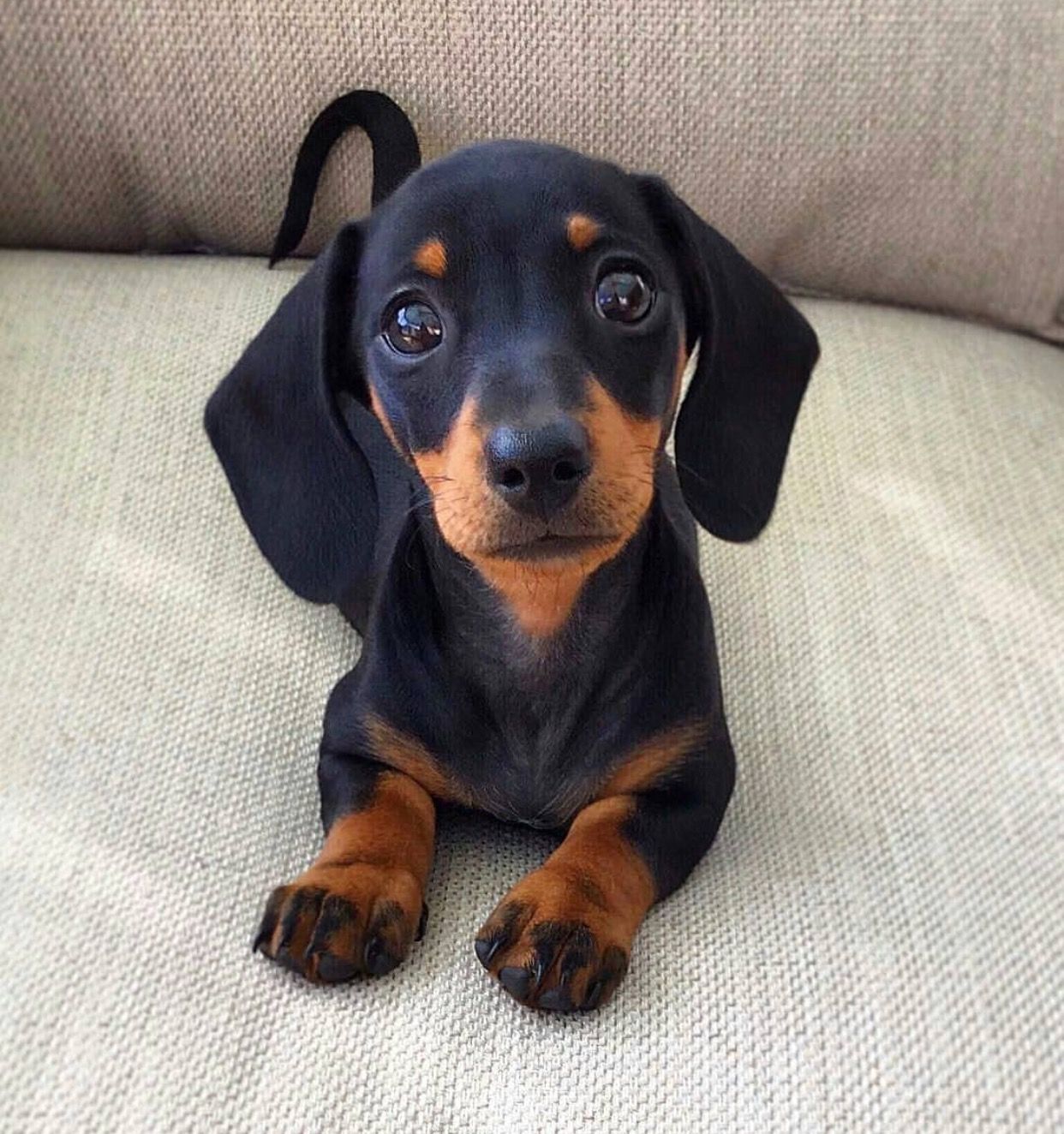Essential New Puppy Checklist
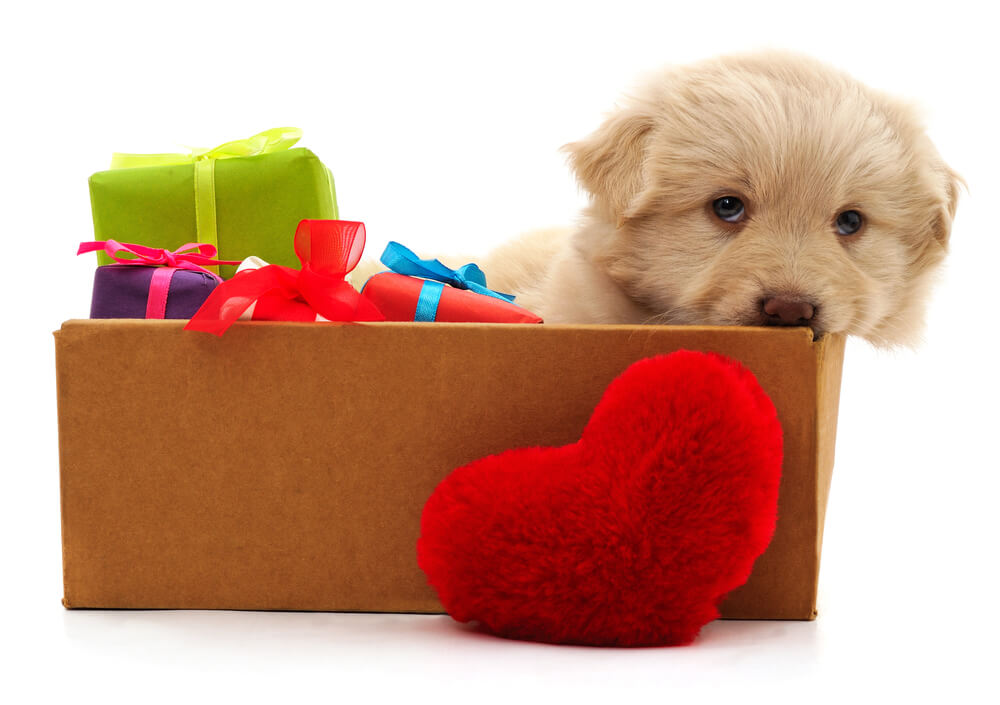
Table of Contents
Listen To The Article
Introduction to Essential New Puppy Checklist
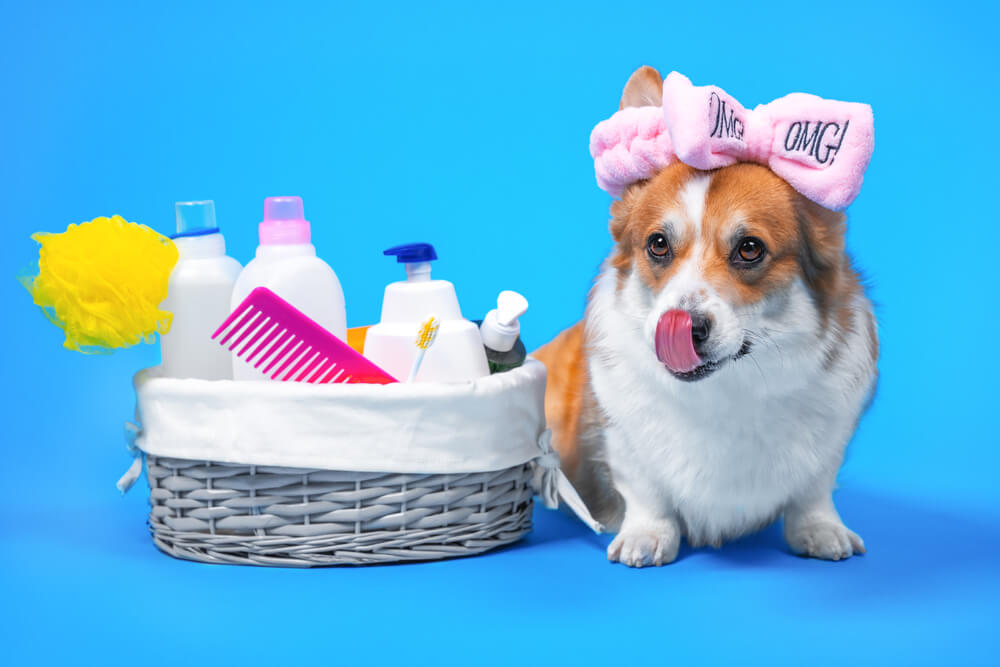
Things You Need To Buy Before Bringing Your Puppy Home
If you’re interested in bringing a new puppy into your home, there are a few puppy supplies you’ll need to buy at a pet store.
The first thing you should get is a quality puppy food. Your puppy will need a lot of nutrients and energy to grow and develop properly.
It will also need good quality puppy food to support its immune system and keep it healthy.
Then, you’ll need is a suitable crate for your new puppy to sleep in, the crate will need to be just large enough for your puppy to stand up, lie down, and turn around comfortably and a crate that is too large could make your puppy feel insecure and reluctant to go inside.
You’ll also need a litter box that keeps your New dog and his waste and the litter separated through a grate system.
This prevents waste and/or litter from being eaten later.
Food and water bowl, your puppy should have dedicated food and water bowls while you may put out your puppy’s food bowl only at mealtimes, fresh water should always be available and if you find your puppy eats too fast, consider a slow-feeding bowl, designed to help your puppy eat at a more appropriate pace.
A puppy’s collar, harness, leash, and I.D. tag walking your new puppy is a great way to get active and helps your puppy socialize and learn leash training a puppy walking manners you’ll need a secure and retractable leash and collar before you get going and if your puppy pulls, ask a dog trainer or a store partner about alternative options that can help discourage the behavior while collars should be adorned with a filled-out identification tag that includes your puppy’s name and your contact information.
Dog Shampoo and grooming tools even though you plan to take your puppy to grooming appointments, you should have basic grooming products at home like dog-friendly puppy shampoo, a comb, a brush, nail clippers for dog’s nails, and a styptic powder are essential tools to have on hand.
Chew toy, dog treats, plush toy, puppy gate all dogs need mental stimulation, and toys are a great way to play and interact with your new puppy look for puppy toy designed for puppies they’re usually smaller and work better with their puppy teeth and consider interactive treat toys and puzzle toys to keep your puppy engaged and busy and dedicate time in your day for playing and building your bond us puppy treats play a big role in training your new companion to look for treats that are soft, chewable, and low in fat and calories remember that while treats help build a bond and reinforce positive behaviors during training, they shouldn’t make up more than 10% of your pet’s overall diet.
Dog pee pad is also known as potty pads, wee-wee pads, piddle pads, or dog training pads are either square or rectangular layers of absorbent material meant to be a lifesaver to any pet parent for multiple reasons, but especially for their ability to soak up any sort of puppy mess.
Dog waste bags provide a clean and sanitary way to clean up the waste and keep it out of the everyday environment. You also need to have poop bags and pooper scooper during your puppy schedule walk.

Preparing Your New Puppy
When you first bring a puppy home, you’re likely to be full of questions.
Before you can begin training your new pet, however, you have to make sure your new four-legged friend is properly vetted.
Buying a puppy is a big decision.
Whether you’re thinking about adding a new furry friend to your family or you’re a professional trainer who is thinking about using puppies as part of your methods, there are many things you should consider before taking the plunge.
Read on to learn about the steps you can take to prepare for your new puppy, as well as the things you will need to create the best environment for your new friend.
Here’s a step-by-step guide on how to prepare your new puppy.
This is just a guideline for your puppy checklist and not meant to replace the advice of your vet.
The first step is to decide on a name, the name of your puppy is important it should fit the personality of your dog, and help to identify him if he runs away or gets lost.
Next, you will need to get all the supplies that you will need to take care of your new puppy.
You also need to do is schedule an appointment with your veterinarian for a general checkup.
Your puppy will need to be vaccinated, which can be done as early as 6-8 weeks of age during this visit, your vet will also want to make sure your puppy has been dewormed and that is healthy and then your vet will give you a record of the vaccinations and other health information for your puppy, which you should keep in a safe place.
Keep to a regular routine of taking your puppy outside at least every two-to-four hours and after every change of activity, this is especially important during house training and will keep accidents to a minimum, and several short play sessions during the day are better for a puppy than one long one.
As soon as you get your new puppy home, take them to their “potty spot.” When they eliminate, praise them right away with lots of positive vocalizations and a treat.
Try to make sure they go potty outside before you take them indoors. After your puppy is inside, plan on potty breaks every two hours.
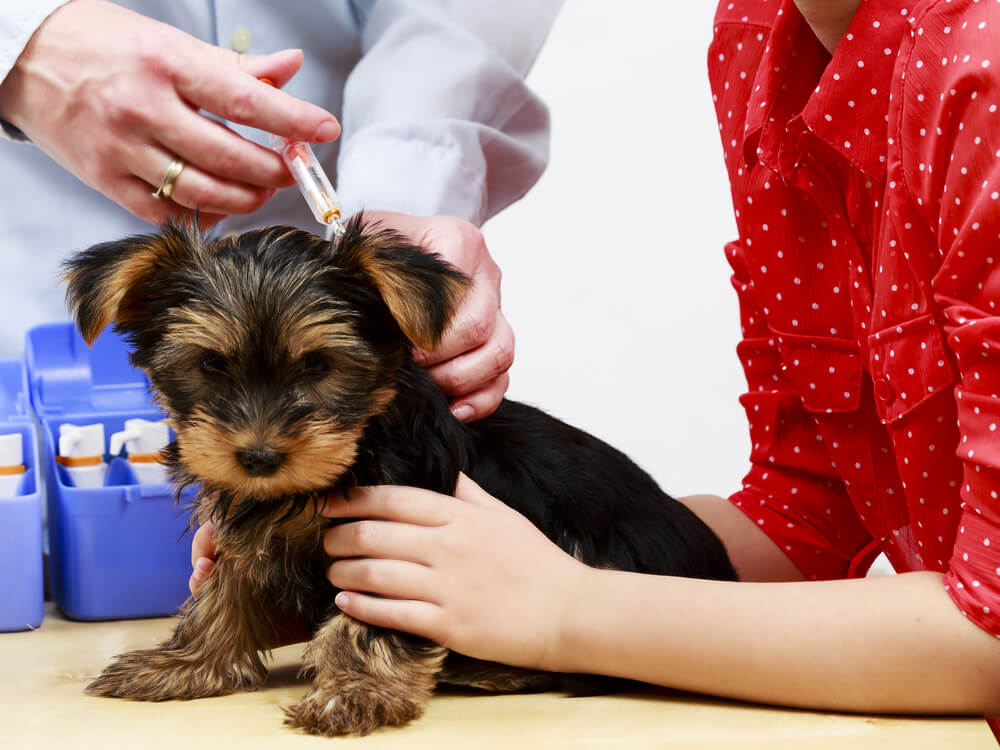
Additional Considerations
Vaccines are an important part of a puppy’s life, and it’s important to take them seriously.
That’s why we’ve put together this guide to help you understand what vaccines are, why they’re important, and why puppy owners should begin vaccinations as soon as possible.
It can be difficult for a furry friend owner to decide which vaccines are right for them.
One thing that many people don’t know is that a puppy can be given their first round of shots as early as age 6 weeks and still be fully protected by the time they are 8 weeks.
There are 3 different shots that are commonly given to puppies in their first rounds of shots: the DHPP (distemper, hepatitis, parvo, parainfluenza), the rabies shot, and the bordatella (kennel cough) shot.
A typical puppy vaccination schedule:
- First vaccination: 6 weeks – DHP
- Second vaccination: 8 weeks – DHP
- Third vaccination: 12 weeks – DHP
- Fourth vaccination: 16 weeks – DHP
- Booster DHP: 1 year of age or 12 months after the last puppy shot, then as recommended (usually every 1-3 years)
- Rabies vaccination: typically required by law at 3-6 months of age with a booster 12 months later, then a booster every 1-3 years.
- Bordetella, Parainfluenza, and Canine Influenza recommended for social dogs.
- Lyme or Leptospirosis: May be recommended by veterinarian if you live in or travel with your dog to an area where these are endemic.

